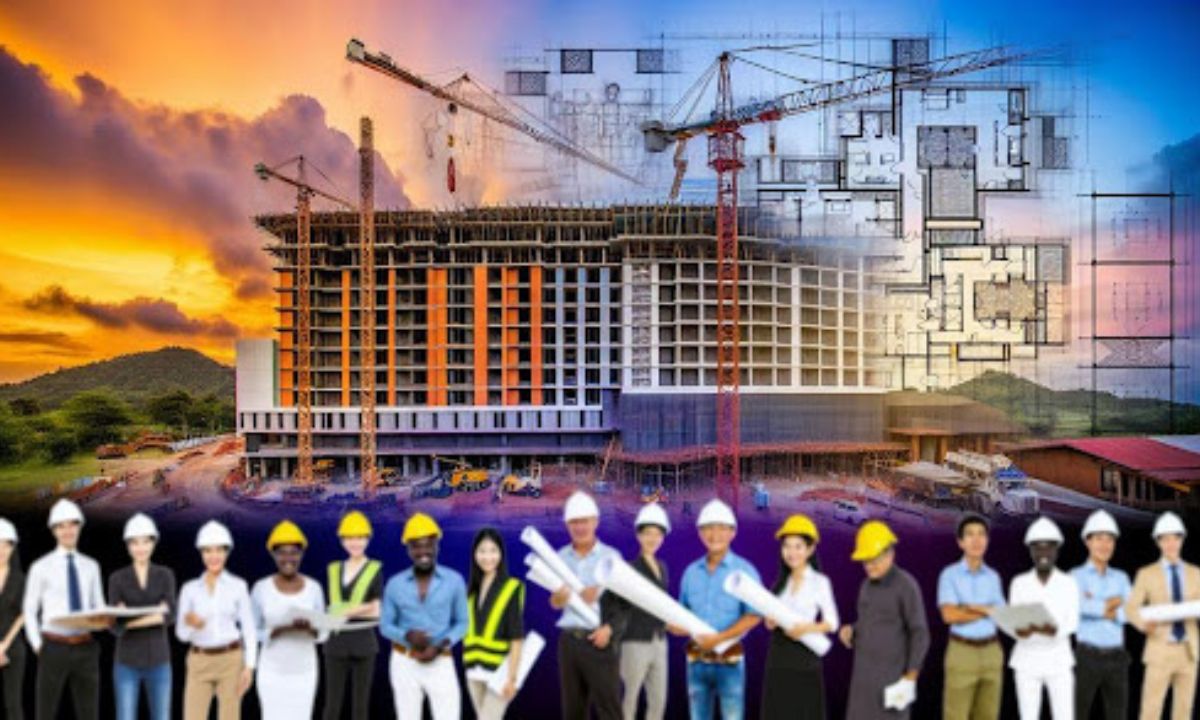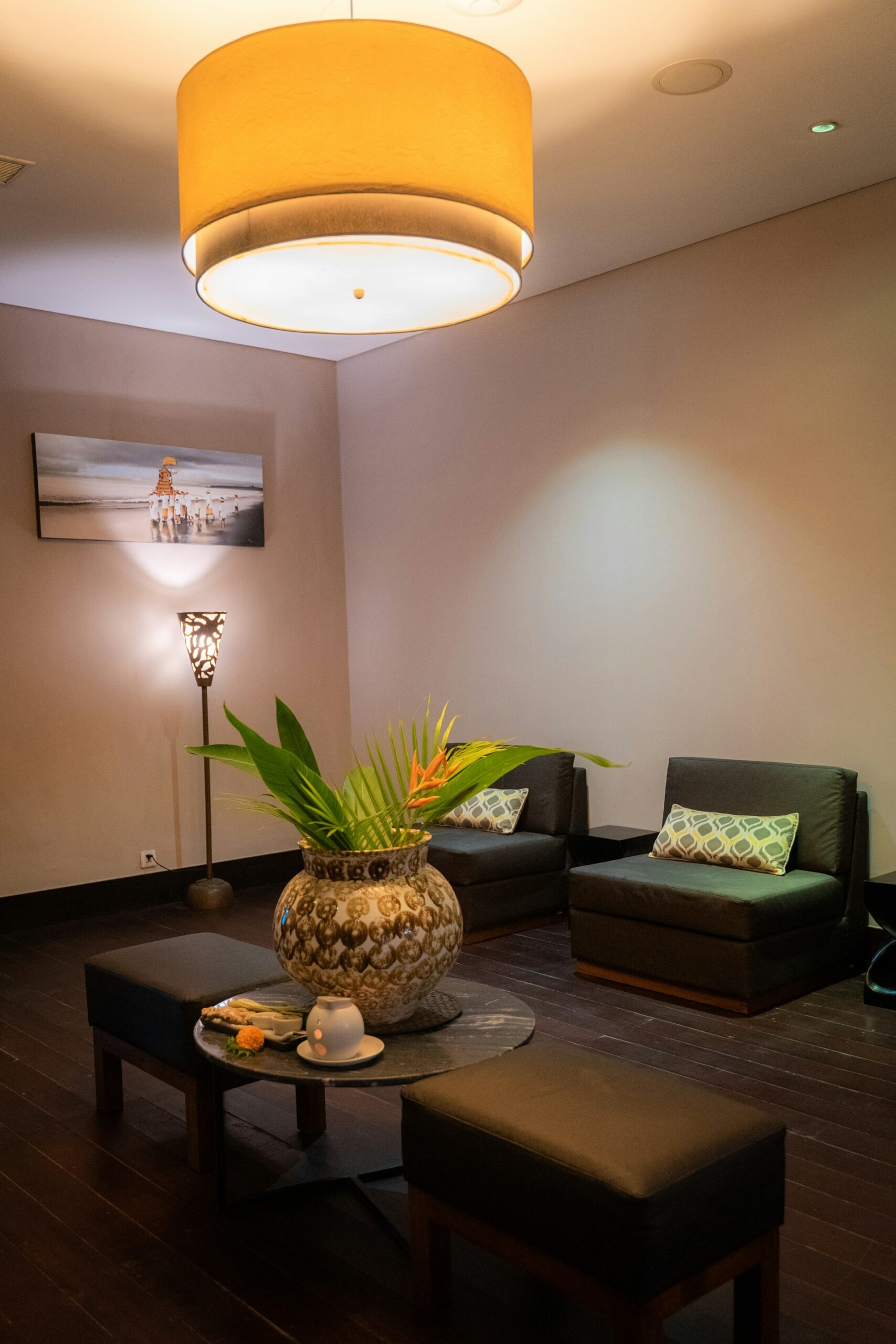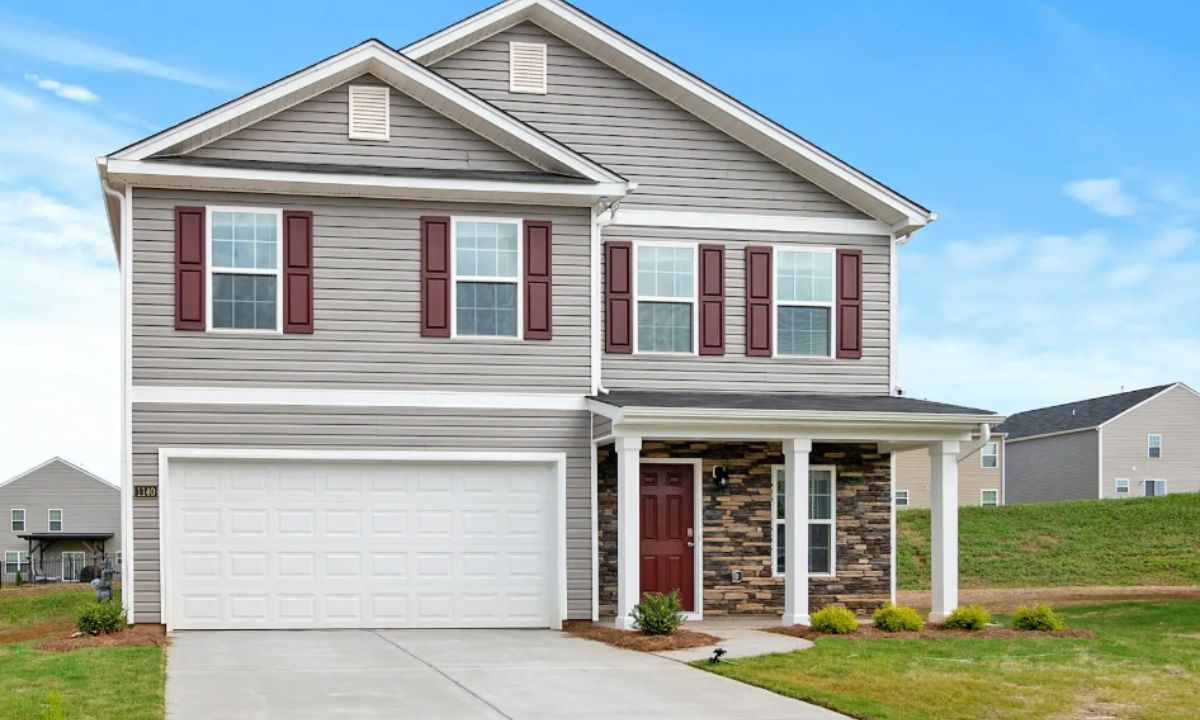When you embark on a hotel construction project, you’re not just building a structure; you’re creating an experience from the ground up. From the initial conceptualization, where you outline clear goals and target markets, to the final touches in interior design, every step demands precision and collaboration. Budget considerations and engaging with financial experts set the foundation, while architectural design and sustainable practices shape the vision. As you move into engineering and construction, safety, permits, and subcontractor coordination become paramount. But how do you ensure each phase seamlessly transitions into the next for a successful project completion?
Conceptualization and Planning
The foundation of any successful hotel construction projects starts with meticulous conceptualization and planning. You need to establish clear goals and objectives to ensure every aspect of the project aligns with your vision. Begin by outlining your target market, hotel size, and desired amenities. This step is crucial for making informed decisions throughout the project.
Consider budgeting considerations carefully from the outset. Determine a realistic budget by factoring in land acquisition costs, construction expenses, and potential contingencies. It’s essential to engage with financial experts to ensure your budget aligns with market conditions and investment goals. Regularly review and adjust the budget as the project progresses to prevent overspending.
Timeline management is another critical element. Develop a detailed project schedule that includes key milestones and deadlines. Coordinate with all stakeholders to ensure everyone understands their roles and responsibilities. Use project management tools to track progress and address delays promptly. Effective timeline management helps you avoid costly overruns and ensures the project stays on track.
Architectural Design
With a solid plan in place, turning your vision into reality involves focusing on architectural design. This critical phase demands an eye for detail, adherence to deadlines, and strict budget management. You’ll need to incorporate sustainable practices and innovative materials to create a hotel that stands out while being eco-friendly.
Start by collaborating closely with your clients to ensure their needs and preferences are meticulously integrated into the design. This partnership guarantees the final structure will have the aesthetic appeal desired, attracting guests and providing a memorable experience.
Use innovative materials like recycled composites or bamboo, which not only enhance the building’s unique look but also promote sustainability.
Next, develop detailed blueprints that account for every aspect of the hotel, from room layouts to public spaces. Make sure your designs maximize natural light and ventilation, further supporting sustainable practices.
Keep an eye on the budget, ensuring all chosen materials and designs align with financial constraints. Efficient resource allocation can prevent costly overruns and delays. By focusing on these key elements, you’ll move one step closer to bringing your hotel project from concept to completion seamlessly.
Engineering and Permits
When transitioning from architectural design to engineering and permits, you’re diving into the technical heart of your hotel construction project. First, understand that structural engineering is crucial to ensure your building’s safety and stability. You’ll work closely with engineers to translate your architectural blueprints into detailed plans that account for load-bearing elements, materials, and construction techniques.
Next, permit requirements can’t be overlooked. Every jurisdiction has specific regulations you’ll need to follow, which can include zoning laws, environmental impact assessments, and safety standards. These permits ensure your hotel complies with local building codes and laws, reducing the risk of costly delays or fines.
Start submitting permit applications early to align with your project timeline and avoid bottlenecks.
Construction Phase
As you move into the construction phase, it’s time to turn your meticulously crafted plans into reality. Start by ensuring that budget management is airtight. Allocate resources wisely and keep a close eye on expenditures to avoid overshooting costs. Timeline tracking is crucial—stick to your schedule and adjust promptly if unexpected delays occur.
Effective subcontractor coordination is the backbone of a smooth construction process. Communicate clearly with each subcontractor, outlining their specific tasks and deadlines. Regular meetings help keep everyone on the same page and ensure that work progresses as planned.
On-site supervision is equally vital. Your on-site manager should oversee daily operations, ensuring quality standards are met and safety protocols followed.
Utilize project management software to keep all aspects of the project in check. This will help with both budget management and timeline tracking, offering real-time updates and alerts for potential issues. Remember, detailed planning and vigilant oversight can mitigate risks and keep the project on track.
Interior Design and Finishing
The final phase of your hotel construction project, interior design and finishing, is where your vision truly comes to life. Every decision you make now will impact the guest experience, so attention to detail is crucial. Start with a clear color palette that aligns with your brand and creates the desired ambiance. A cohesive color scheme not only enhances aesthetics but also ensures a sense of harmony throughout the property.
When it comes to furnishing selection, prioritize both style and functionality. Choose pieces that are durable, easy to maintain, and comfortable for guests. It’s essential to balance your budget carefully; high-quality furnishings might’ve a higher upfront cost but can save money in the long run due to their longevity.
Stay deadline-focused to avoid delays that could push back your opening date. Coordinate closely with contractors and suppliers to ensure that materials arrive on time and installations proceed smoothly. Be ready to make quick decisions if unforeseen issues arise, always keeping your budget in mind.
Conclusion
You’ve navigated the labyrinth of hotel construction, from the first spark of an idea to the final decorative touch. By keeping your eye on the clock and the purse strings, you’ve turned a complex project into a well-oiled machine. With meticulous planning, sharp design choices, and seamless coordination, you’ve built more than just walls—you’ve crafted an experience. Here’s to your successful journey from blueprint dreams to grand openings.
ALSO READ: Metal Roof Vs Shingles: Pros and Cons to Consider











